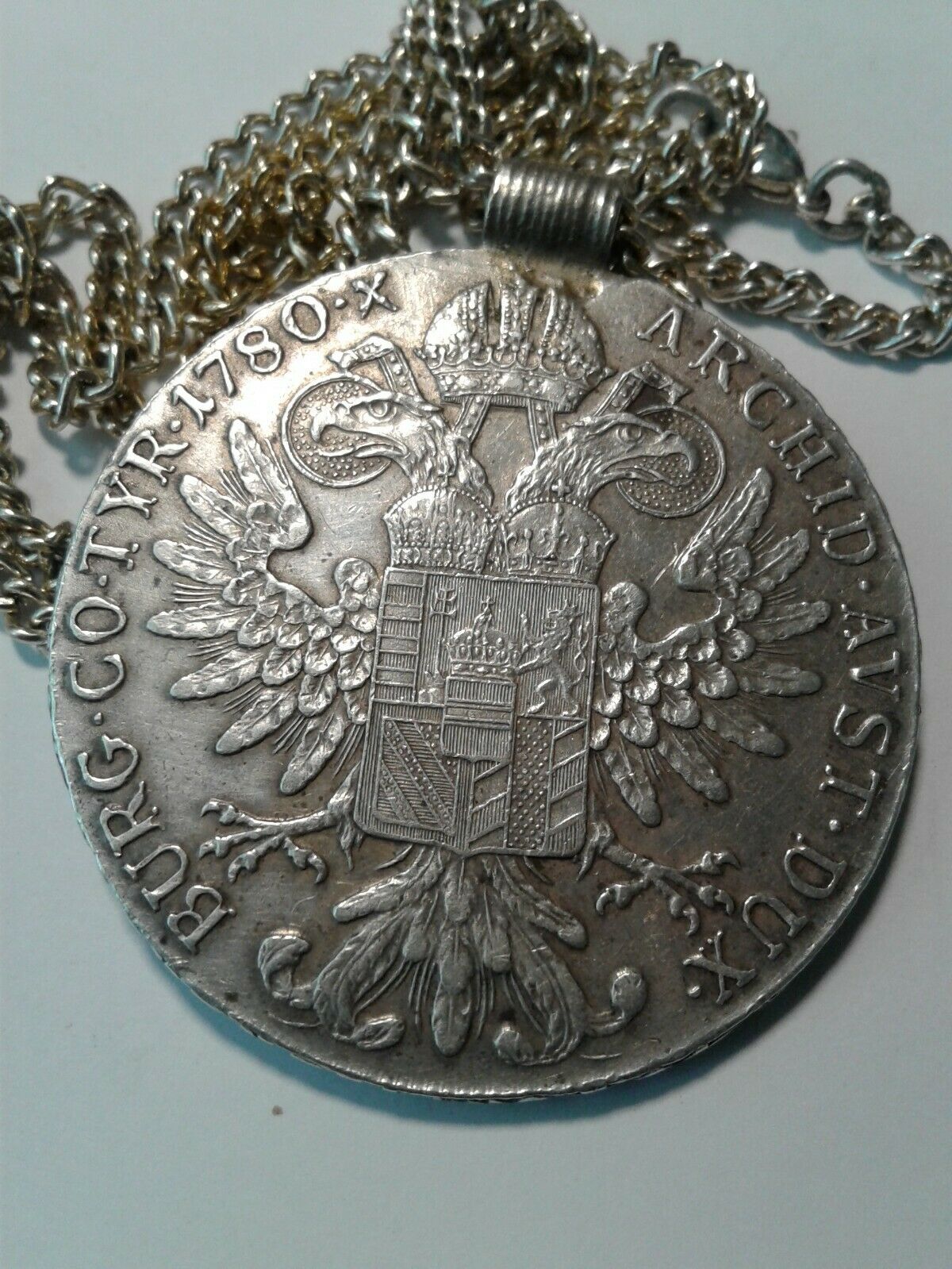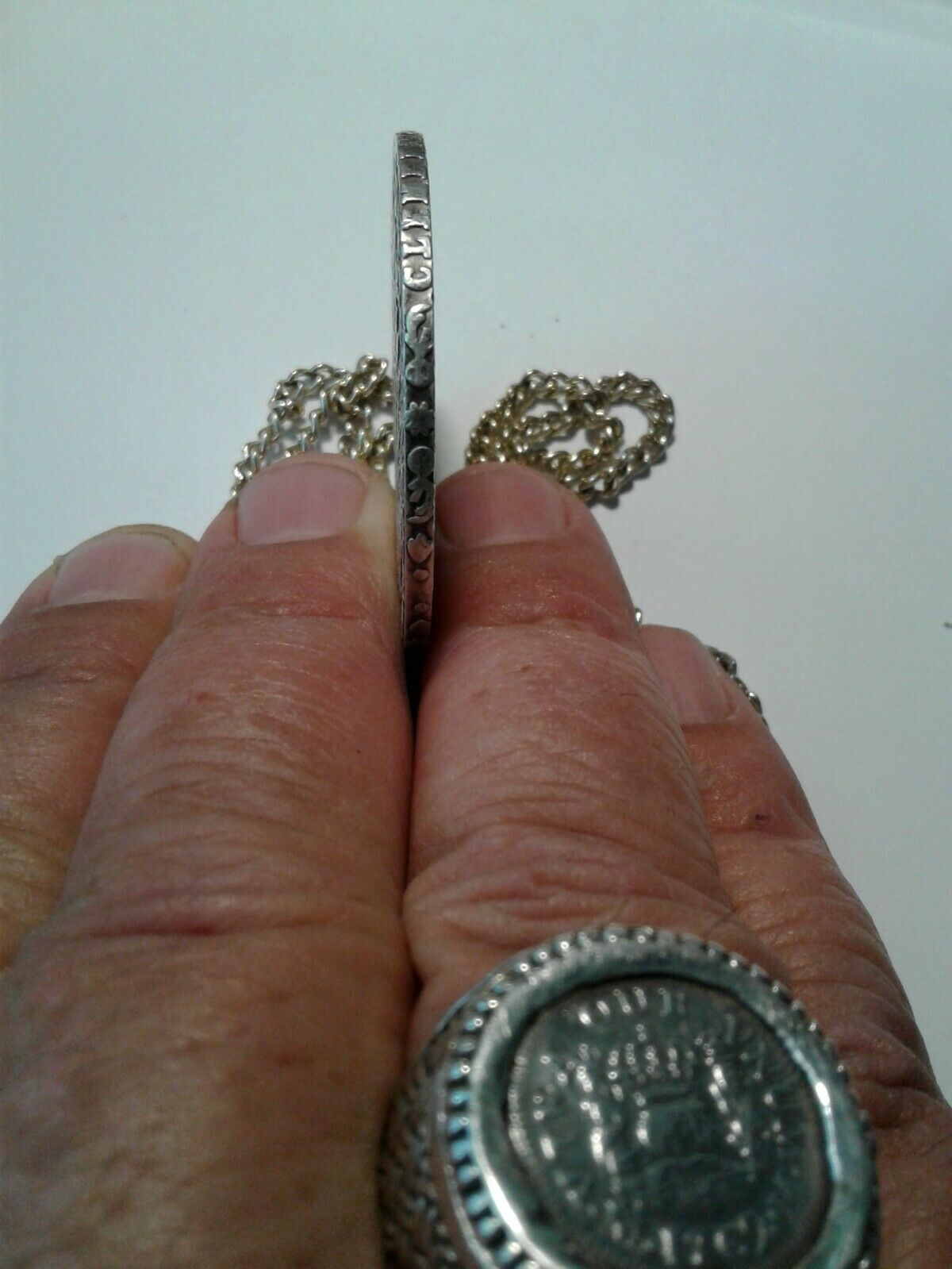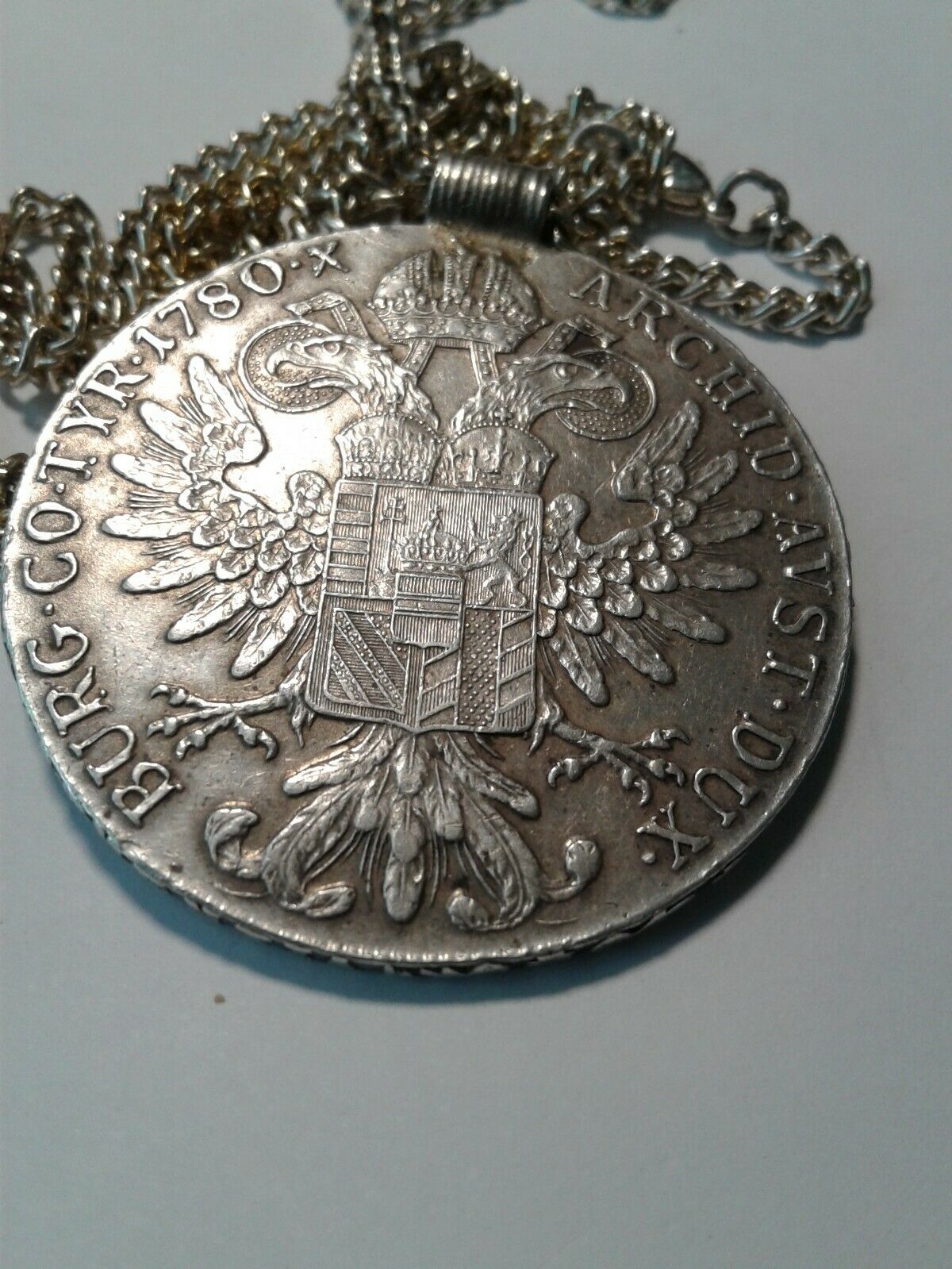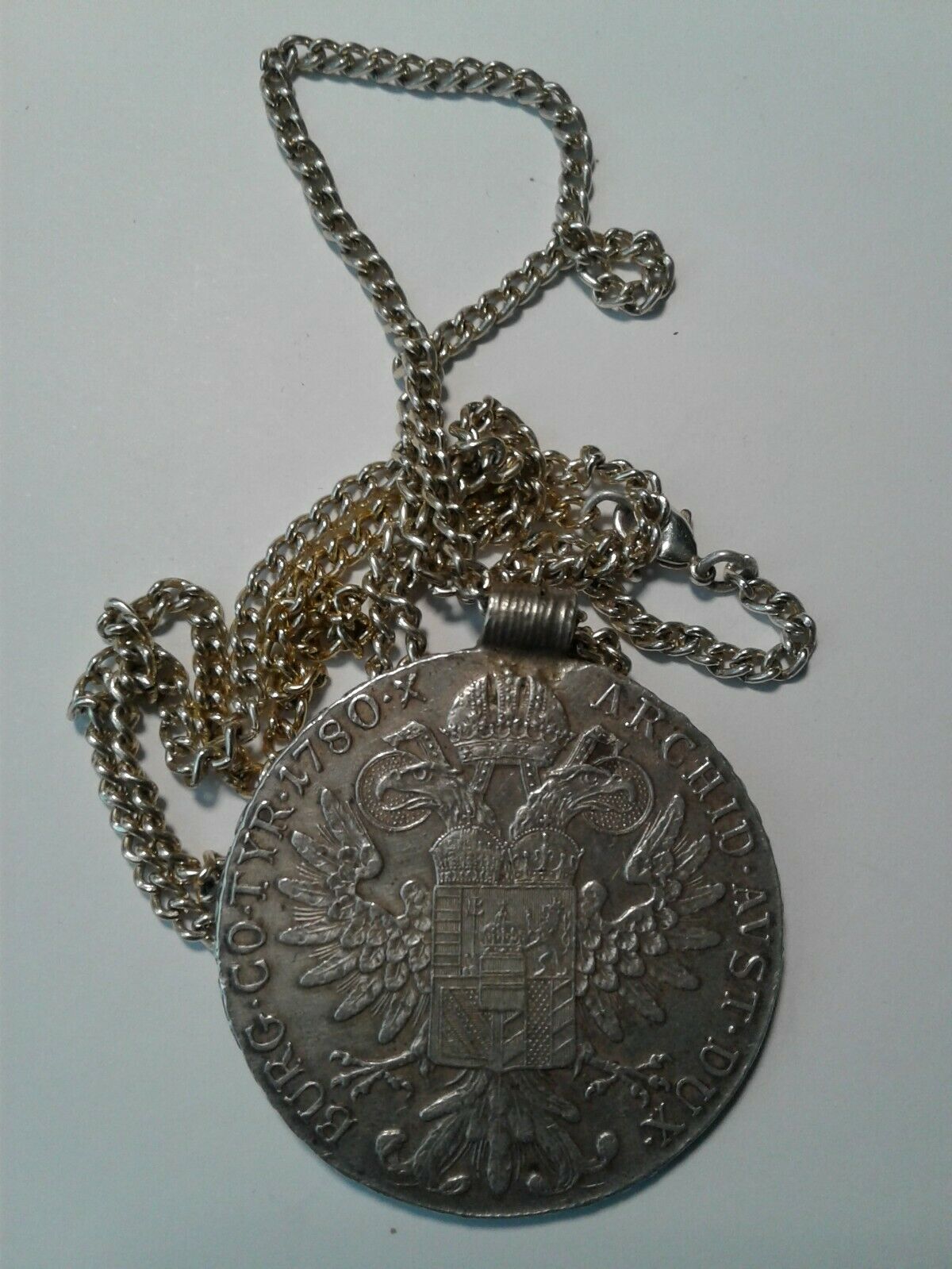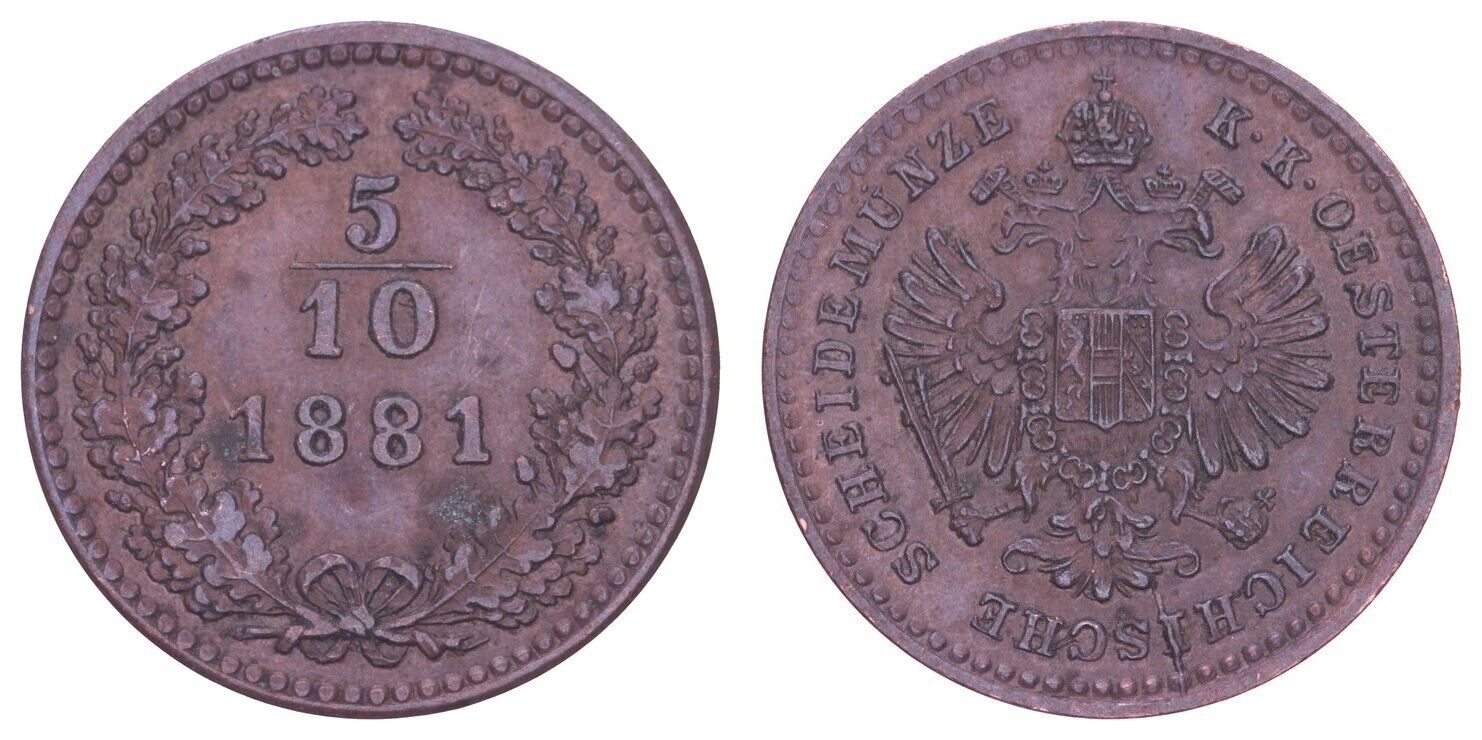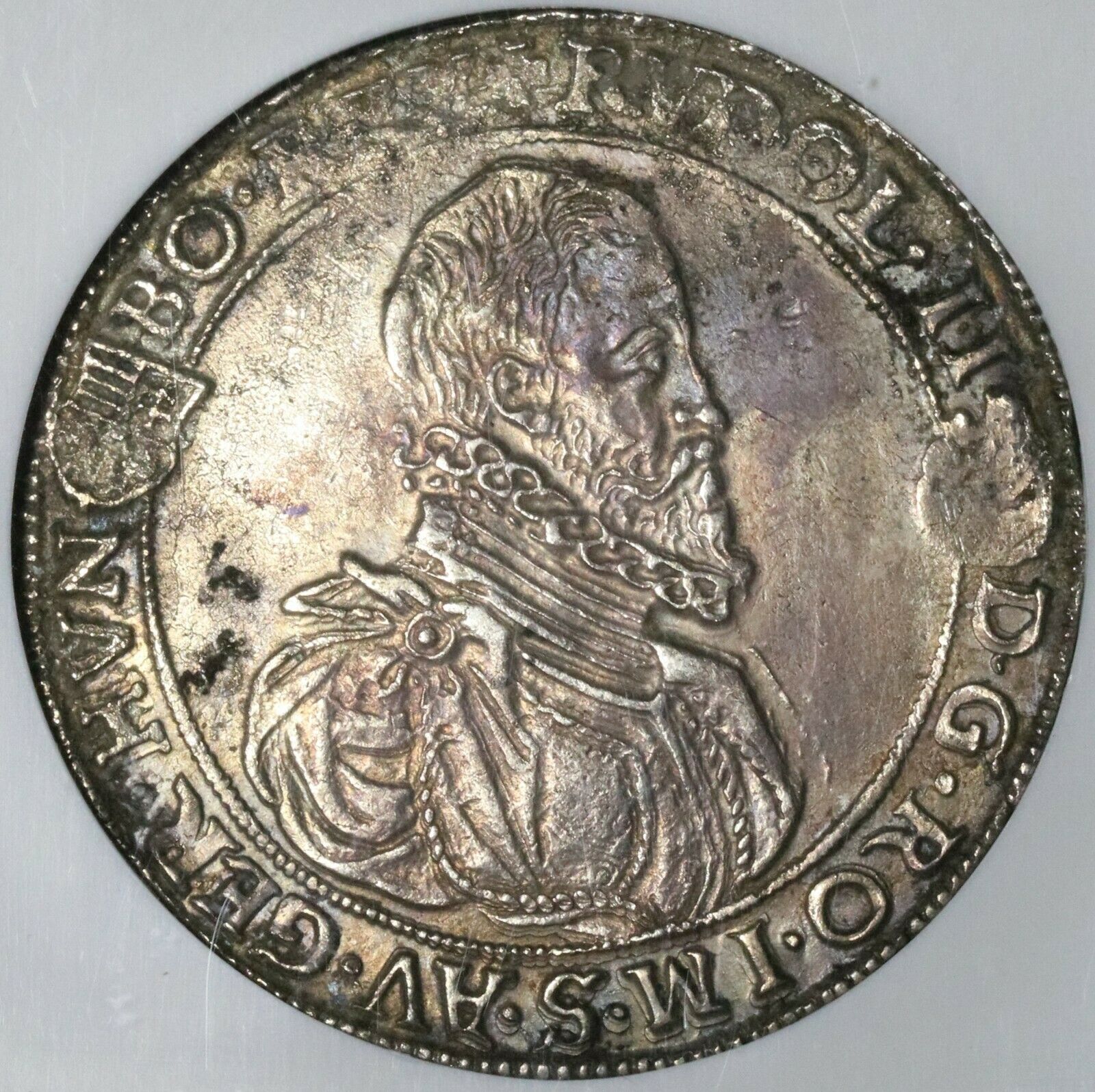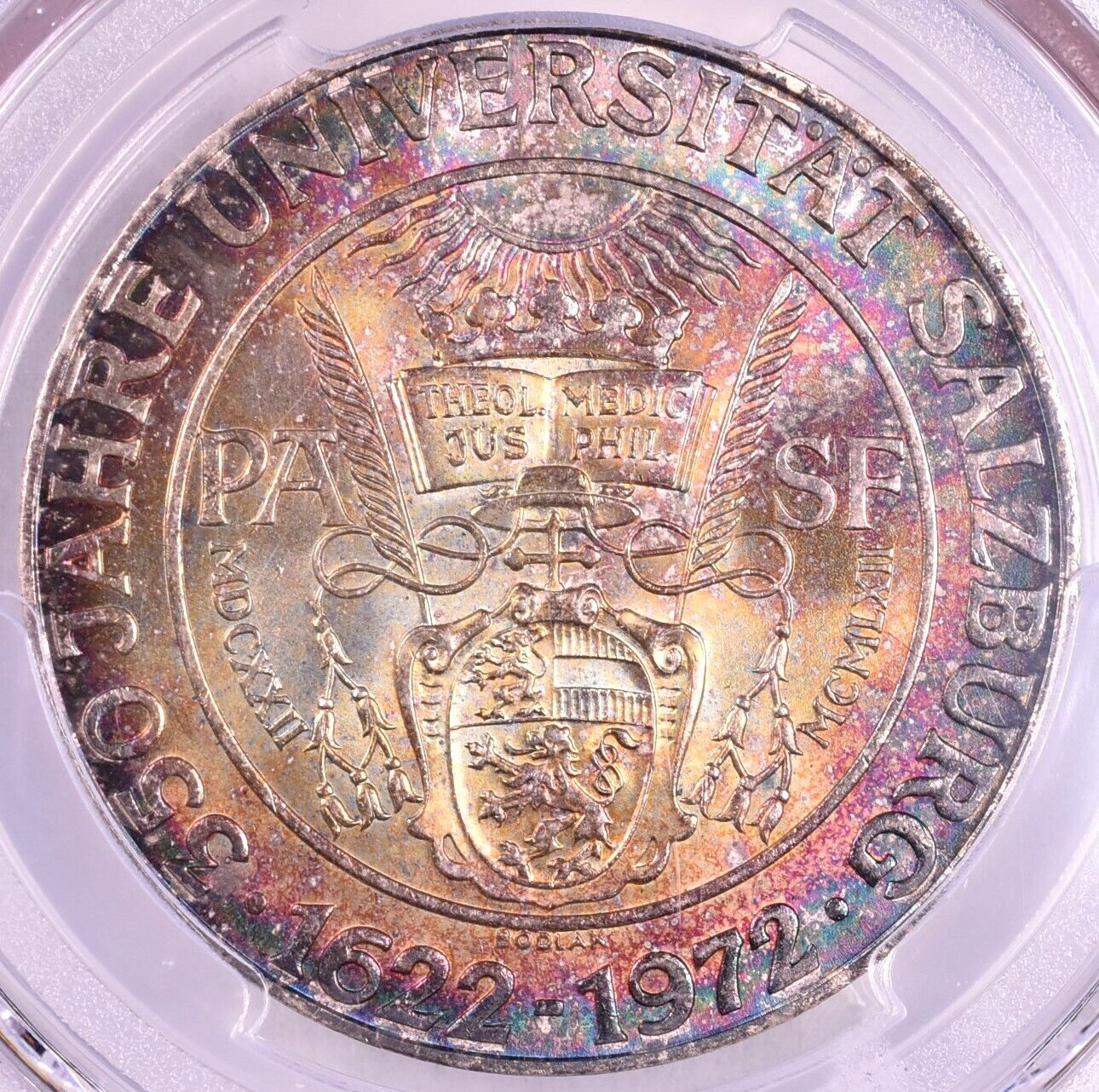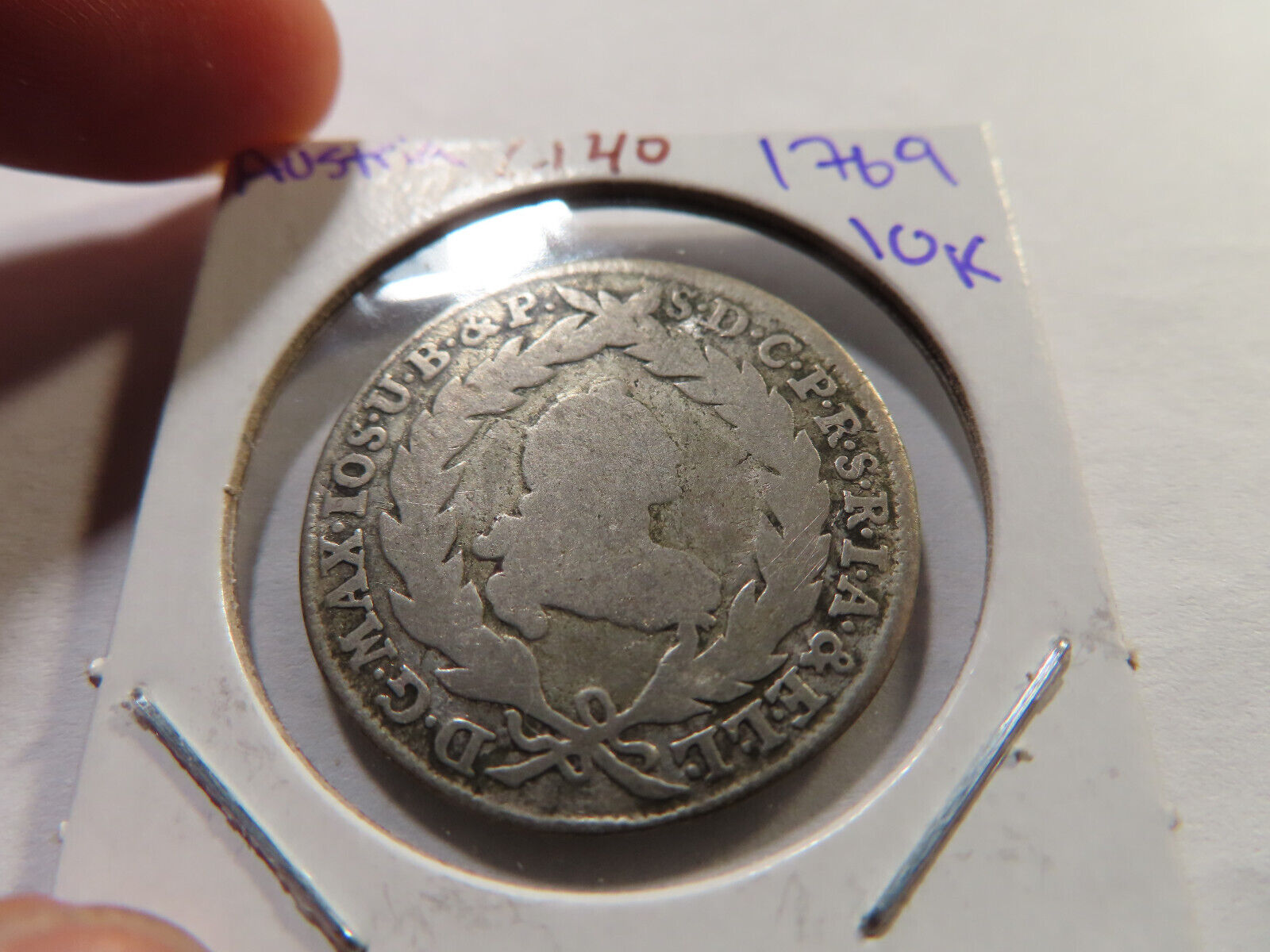-40%
🎇 Authentic 1780 Austrian Thaler & Silver 24" Chain 🎇
$ 232.32
- Description
- Size Guide
Description
The Maria Theresa Thaler is probably one of the most famous and well known coins of the world.Originally struck in Austria from 1740 to 1780, the Thaler was the currency of the Austrian Empire. It was very important for trade with the Levant (parts of Turkey, Lebanon, Syria). Over time, the Maria Theresa Thaler became the best known and most popular silver coin in the Arabian world. After the death of Empress Maria Theresa in 1780, Joseph II permitted the Austrian mint to continue striking the coin with the 1780 dies in order to meet demand from the Middle East. The 1780 taler was the only silver coin that the Arabs trusted and would accept. Since then, the Maria Theresa Thaler has been restruck for trade purposes at Vienna, Austria with the 1780 date frozen in time. The taler became the unofficial currency in some areas of Africa and Asia, and may still be in use today as a "trade silver dollar" in some Arabian bazaars.
Particularly on older strikes earlier than about 1850, almost each individual coin shows minor differences. Such differences help specialists to determine the origin and strike date of individual specimen. A close examination of more than 20 coins struck in Venice between 1817 and 1833 showed that nearly all coins were struck from different dies.
Various articles claim that the Maria Theresa Thaler was re-struck with an unchanged appearance since 1780. However, this is only really true for restrikes made after about 1850. Earlier strikes are usually relatively easy to identify and classify. Unfortunately, the statement may cause collectors - and sometimes dealers - to believe that their coins might be original coins struck in 1780 or shortly thereafter. Sometimes such coins will actually be sold as "original strike". In reality, most of those "originals" will be post-1850 strikes.

